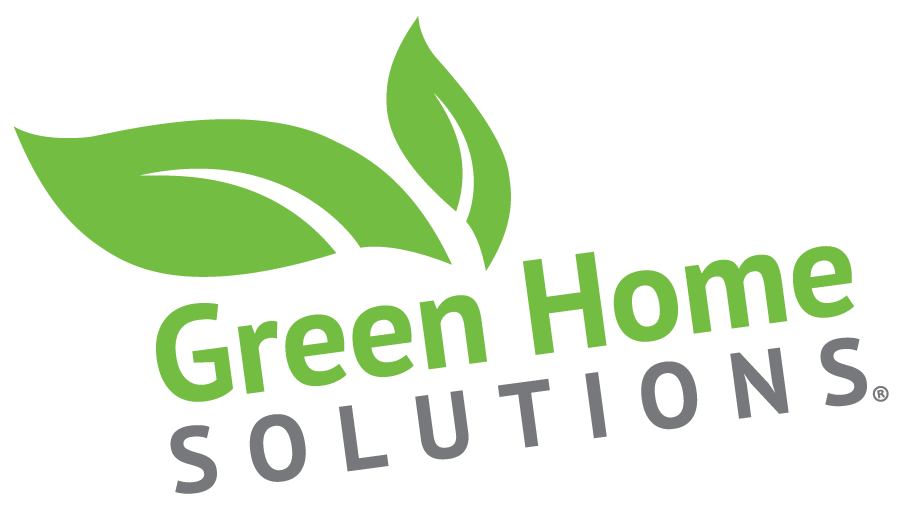As fall ushers in cooler temperatures, it’s common to close up our homes tightly to conserve heat. However, this can lead to an accumulation of indoor pollutants such as dust, pet dander, and volatile organic compounds (VOCs) from cleaning products and household materials. Inadequate ventilation can also trap excess humidity, potentially leading to discomfort and mold growth. To enhance indoor air quality, minimize allergens, and foster a healthier living environment, it’s crucial to regularly ventilate your home, even as temperatures drop. This post will delve into the advantages of fall ventilation and offer actionable advice for doing it efficiently.
Why Fresh Air Matters
Fresh air helps dilute indoor pollutants and reduces the concentration of harmful particles and gases, leading to improved overall air quality.
Effective Ventilation Strategies for Autumn
Discover practical strategies to ventilate your home without significant heat loss, such as briefly opening windows in the morning or employing exhaust fans in high-moisture areas like bathrooms and kitchens.
Enhancing Air Circulation Naturally
Consider using fans to boost air circulation or strategically opening windows on opposite sides of your home to create cross-ventilation, which helps refresh indoor air quickly.
Optimal Times for Ventilating Your Home
Identify the best times to ventilate your home during the fall, such as midday when outdoor temperatures are milder and air quality tends to be better.
Supplementing with Air Purifiers
Explore the use of air purifiers to complement natural ventilation, especially on days when outdoor air quality may be compromised by allergens like fall pollen or neighborhood activities like leaf burning.
